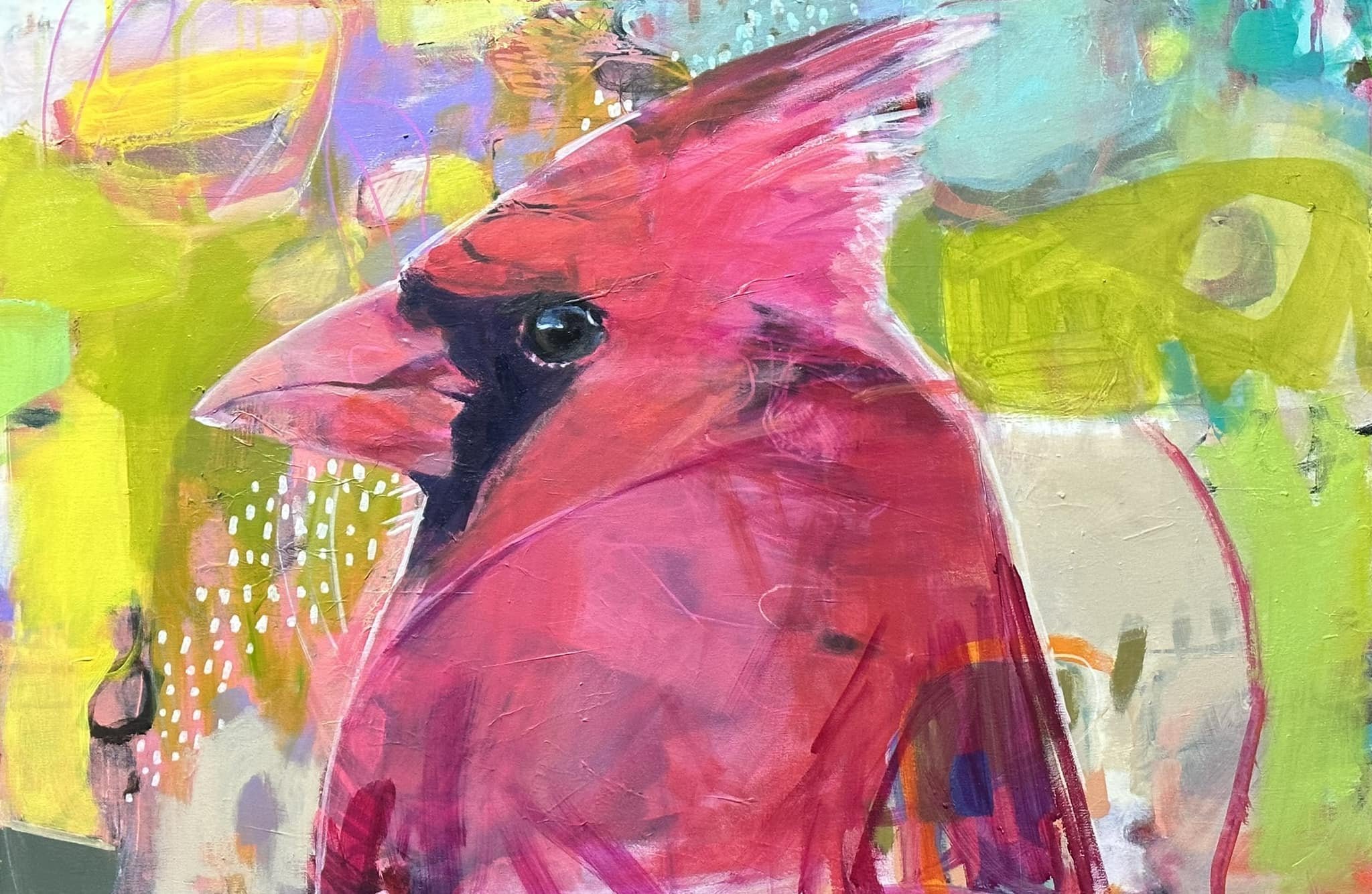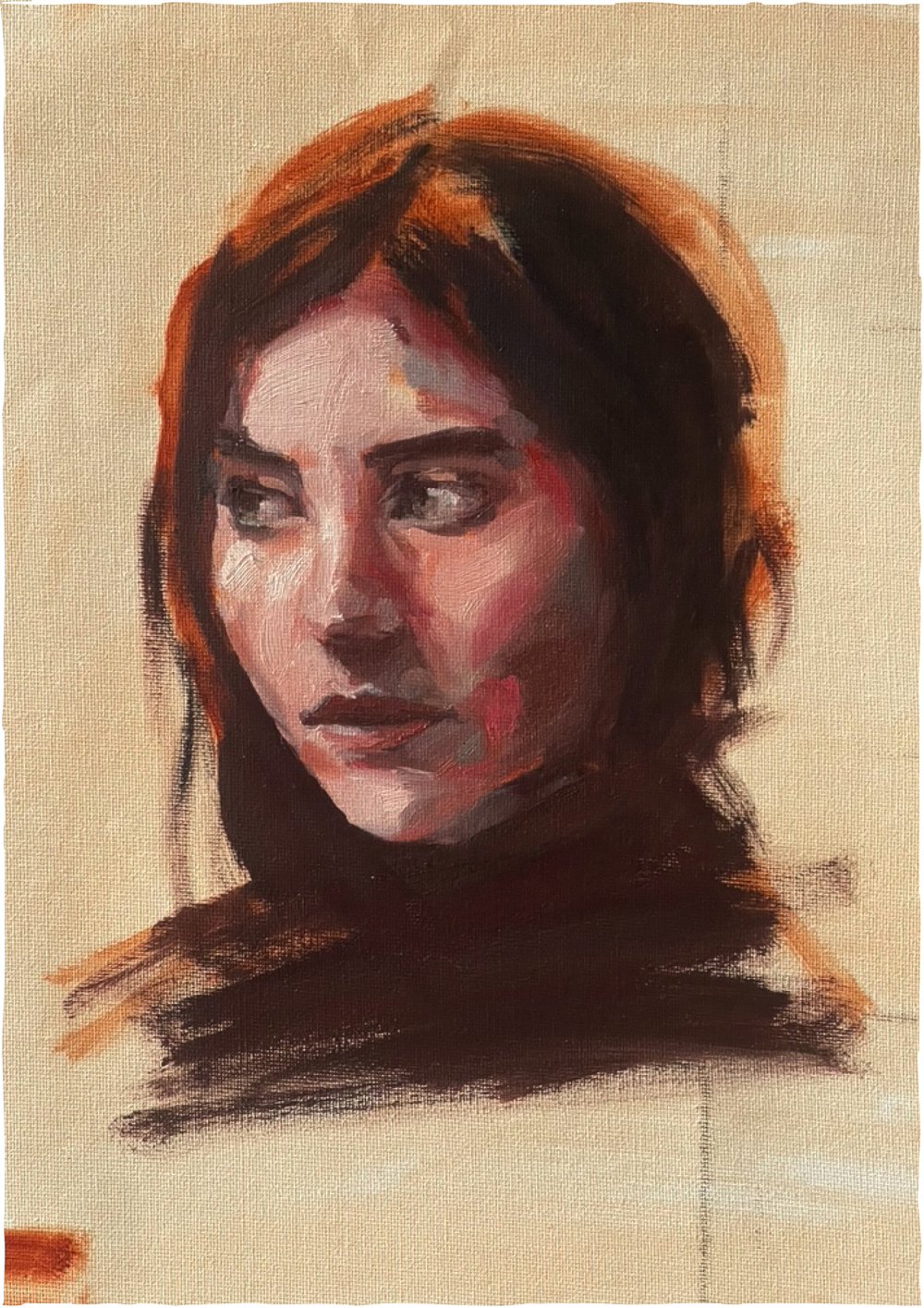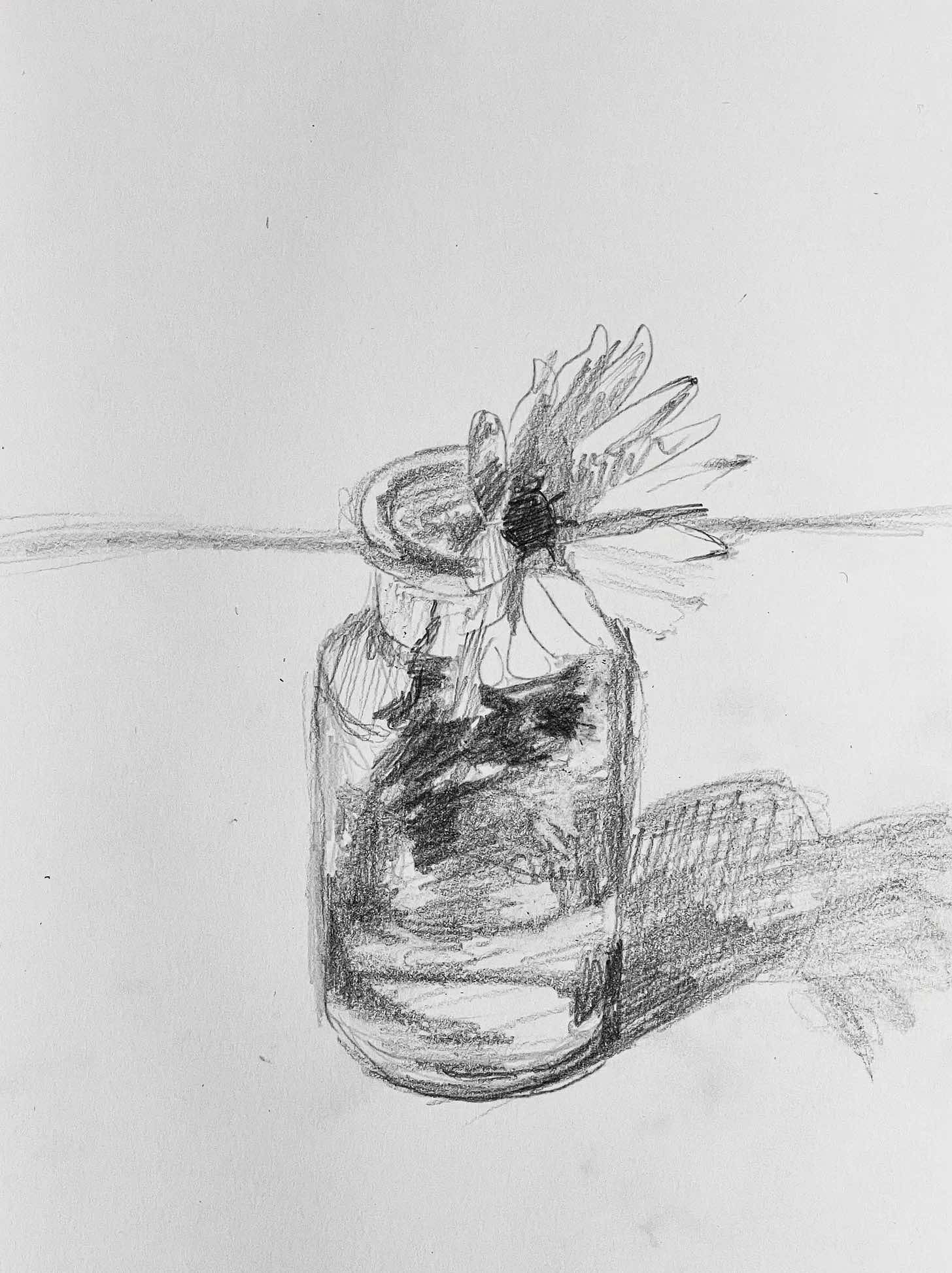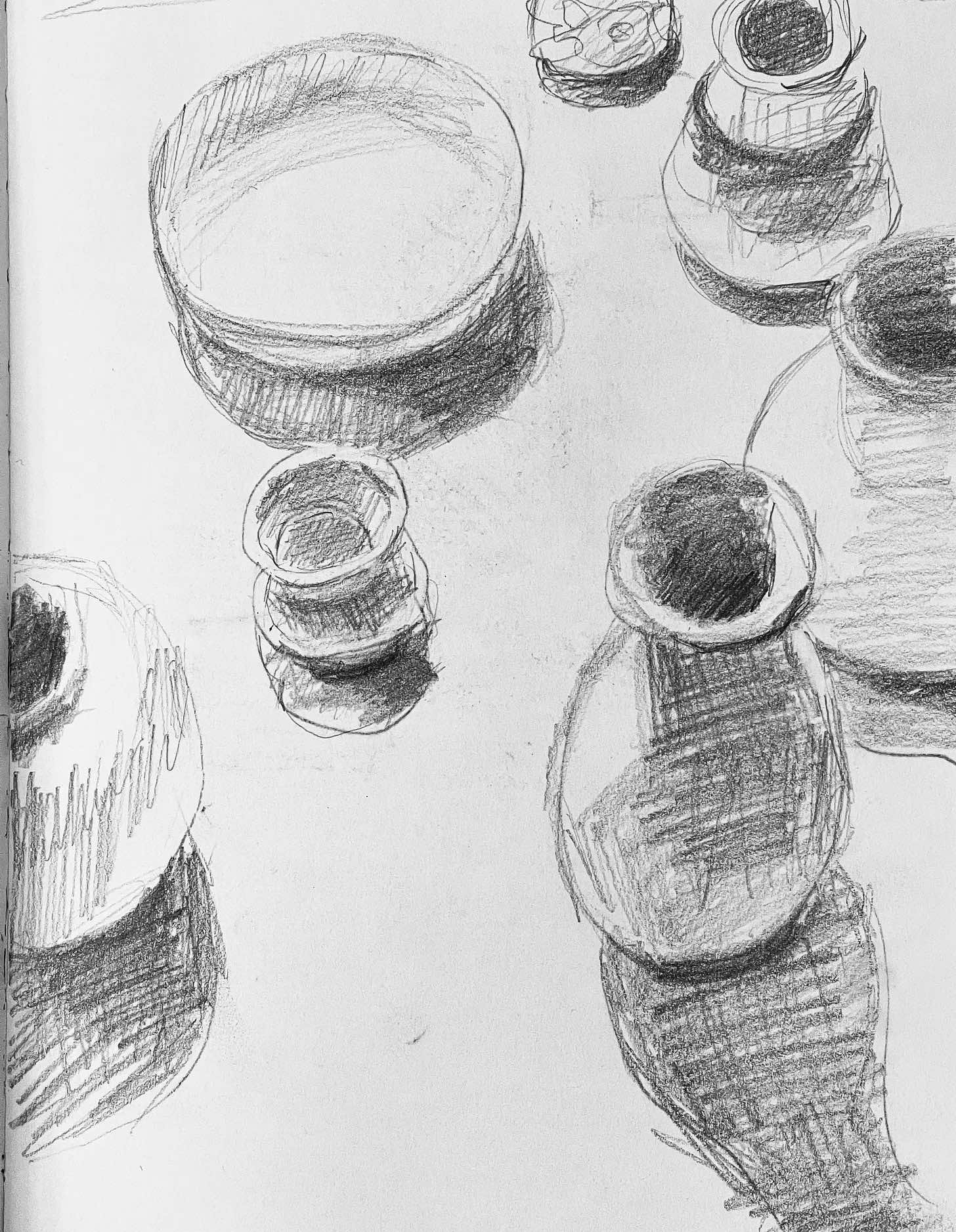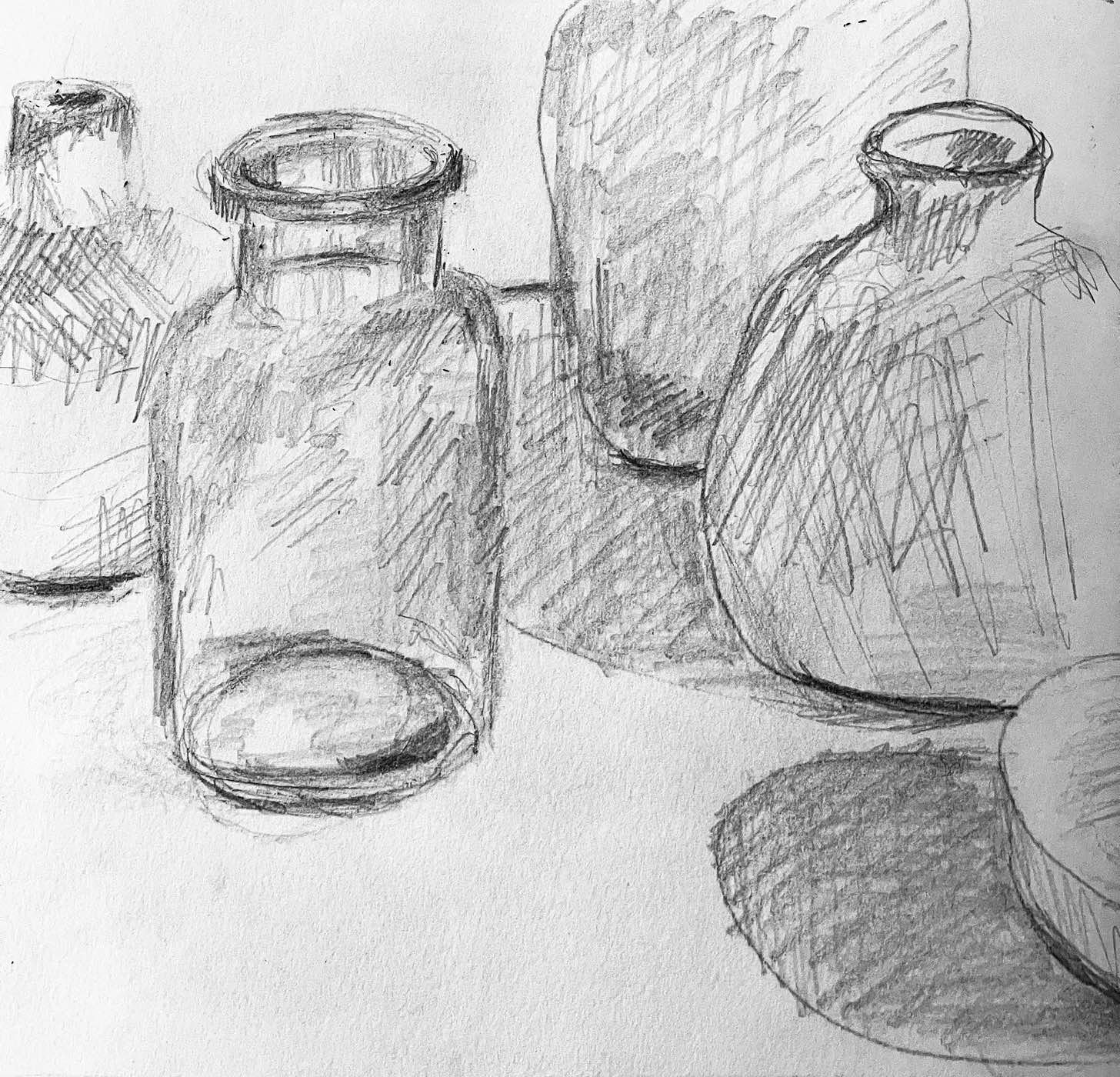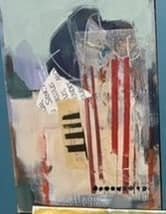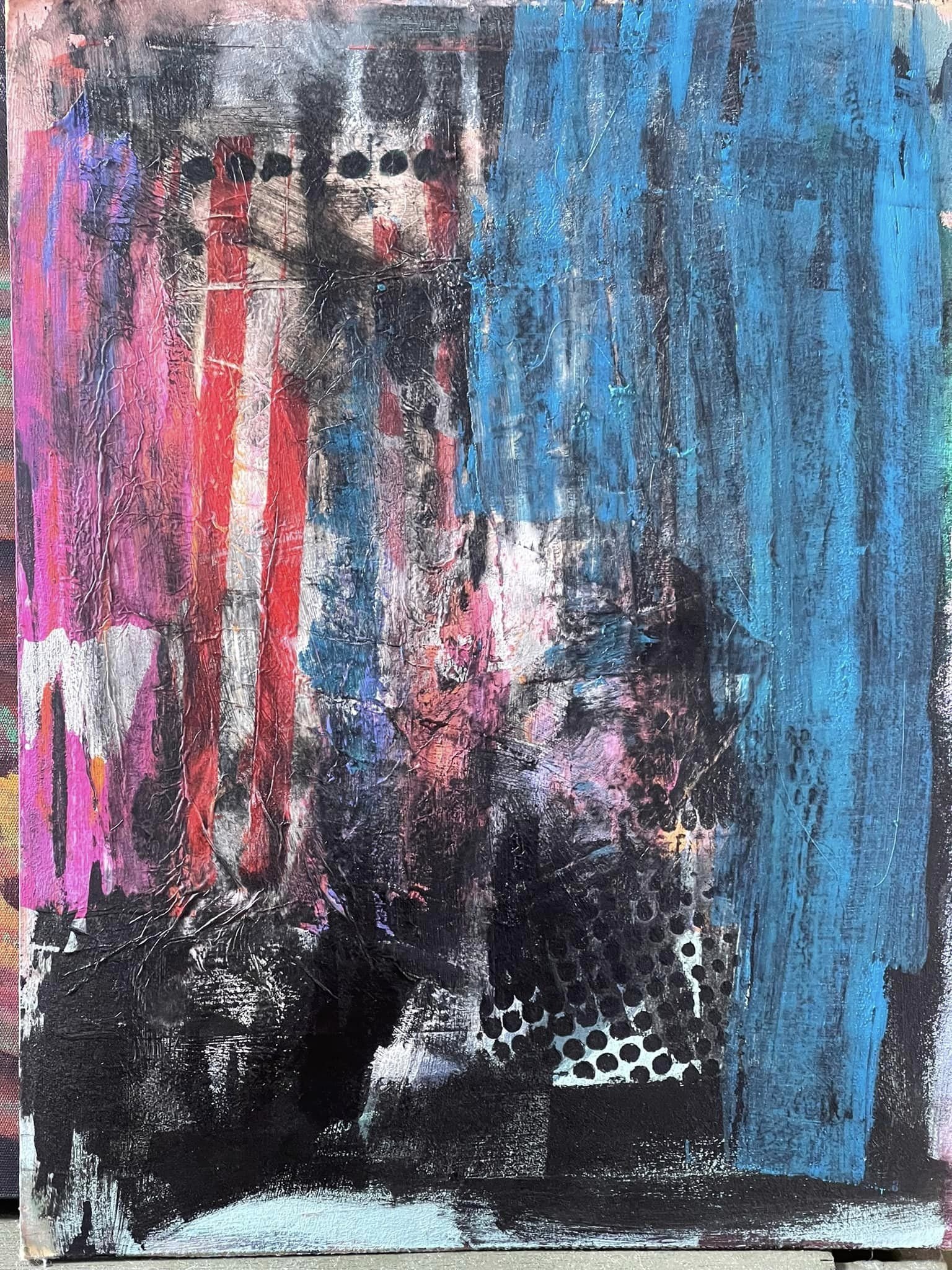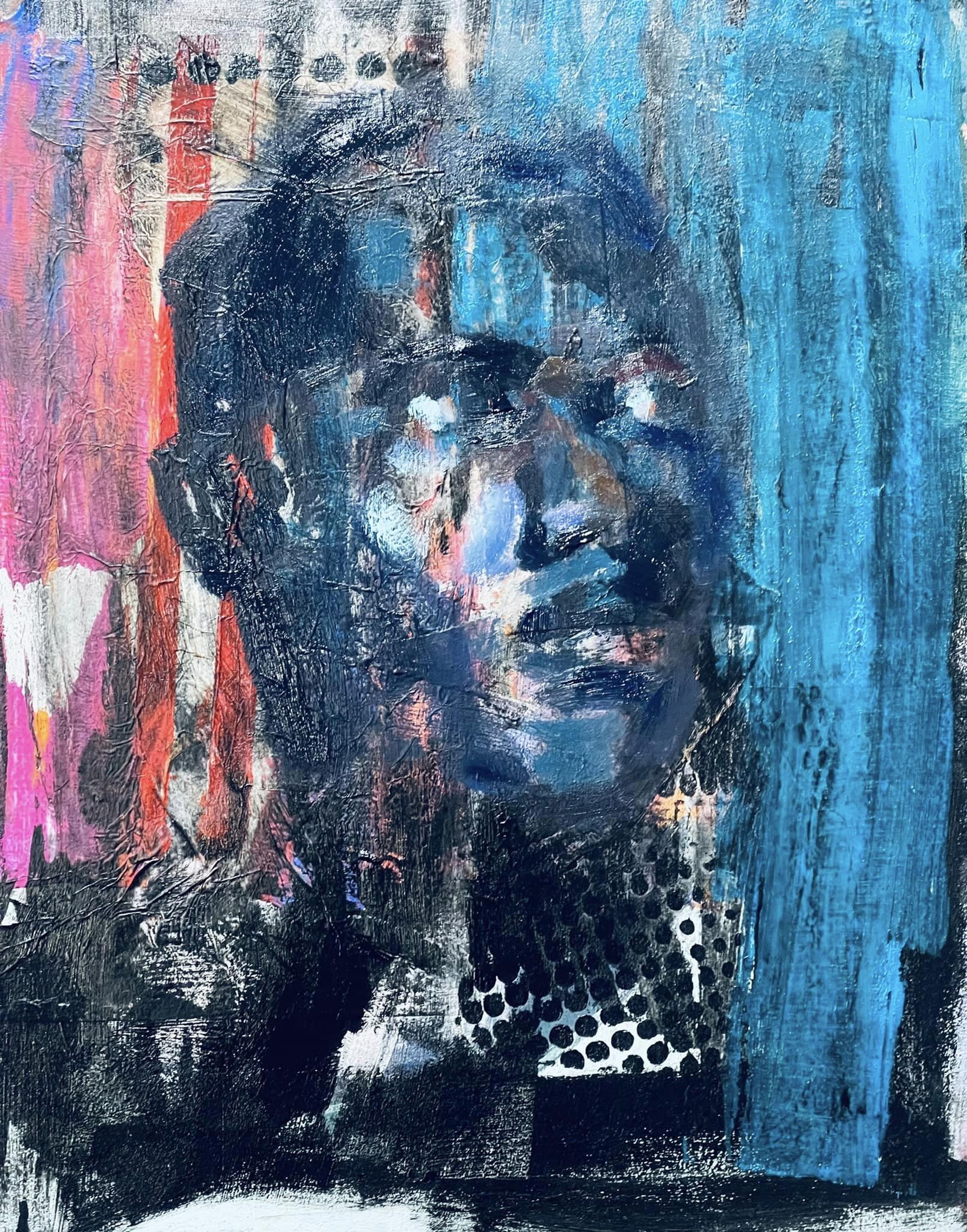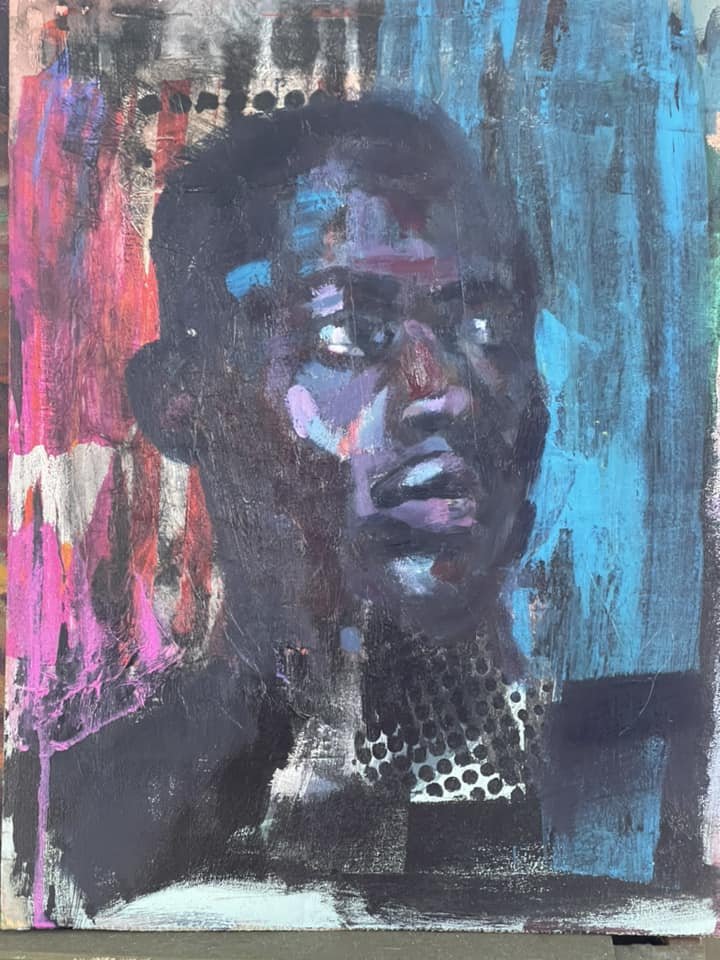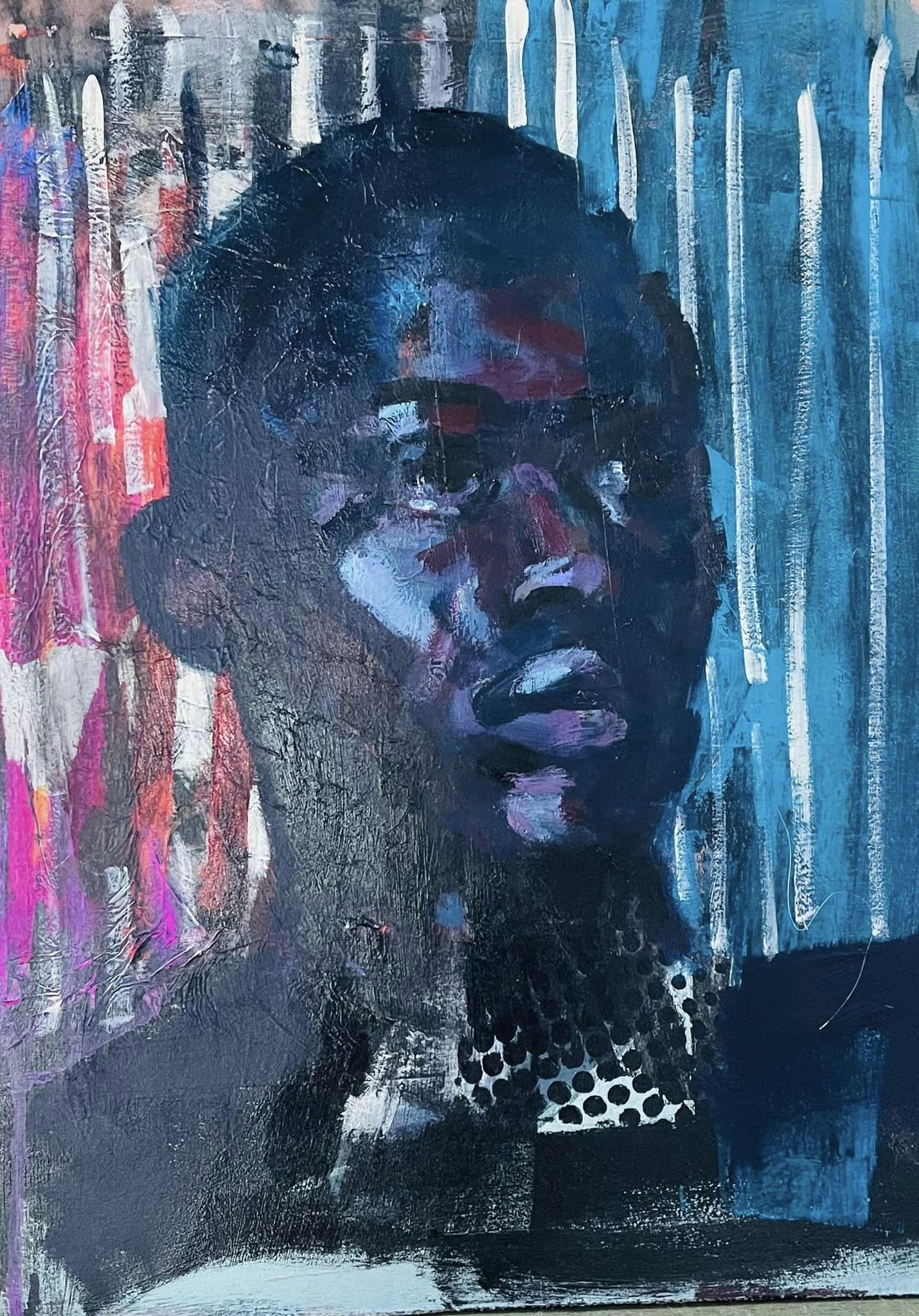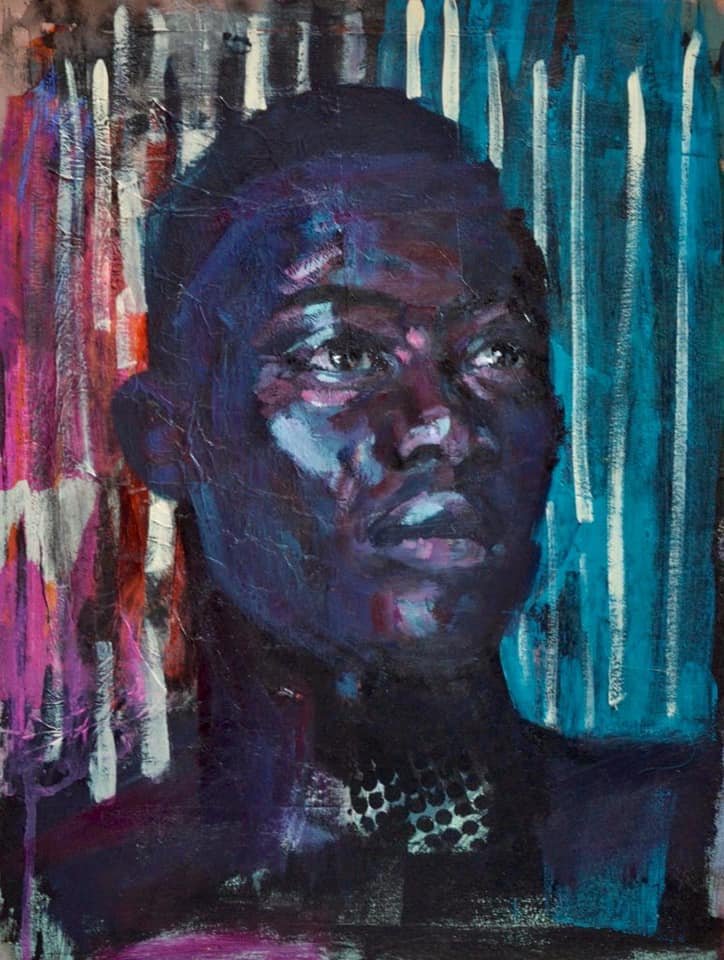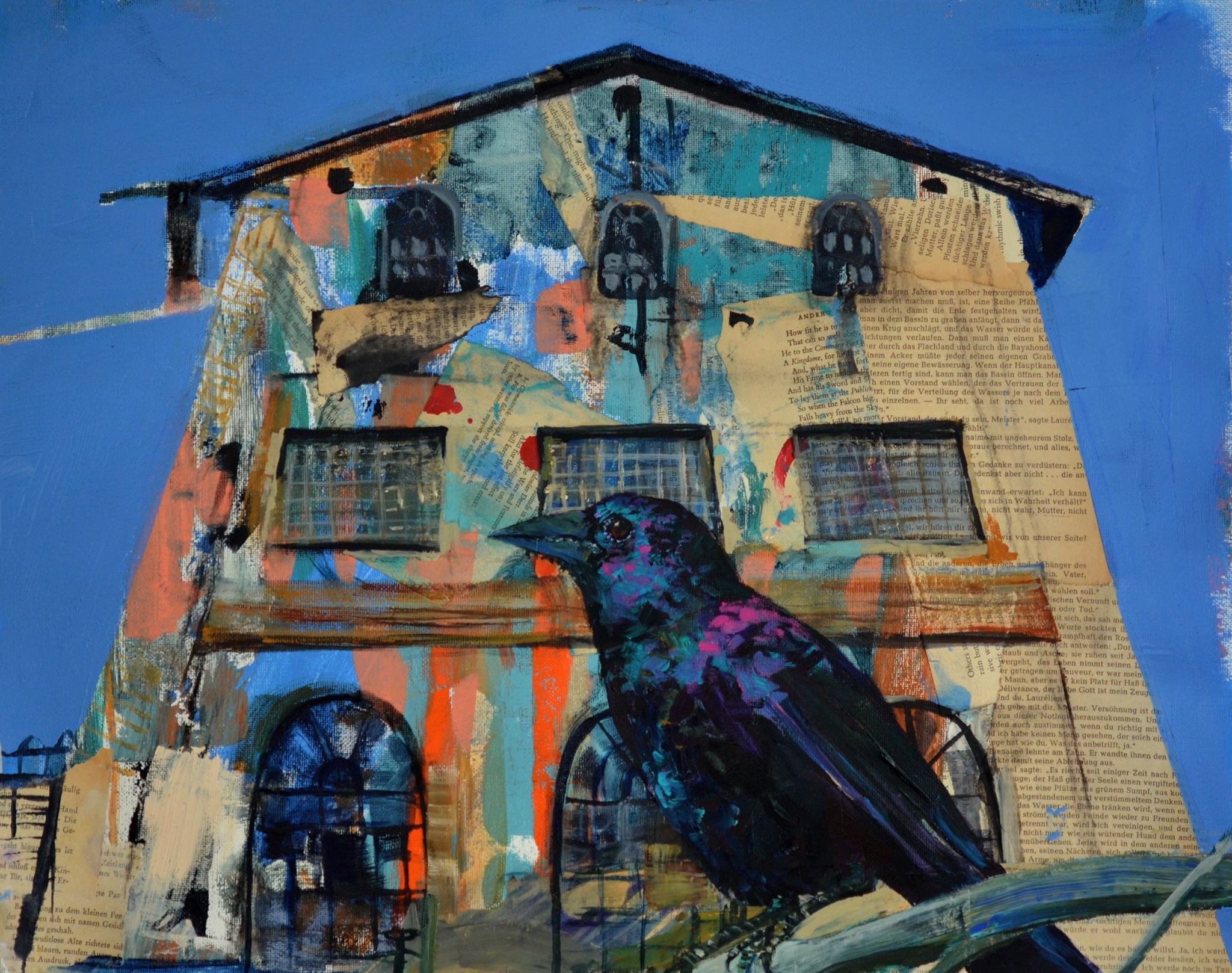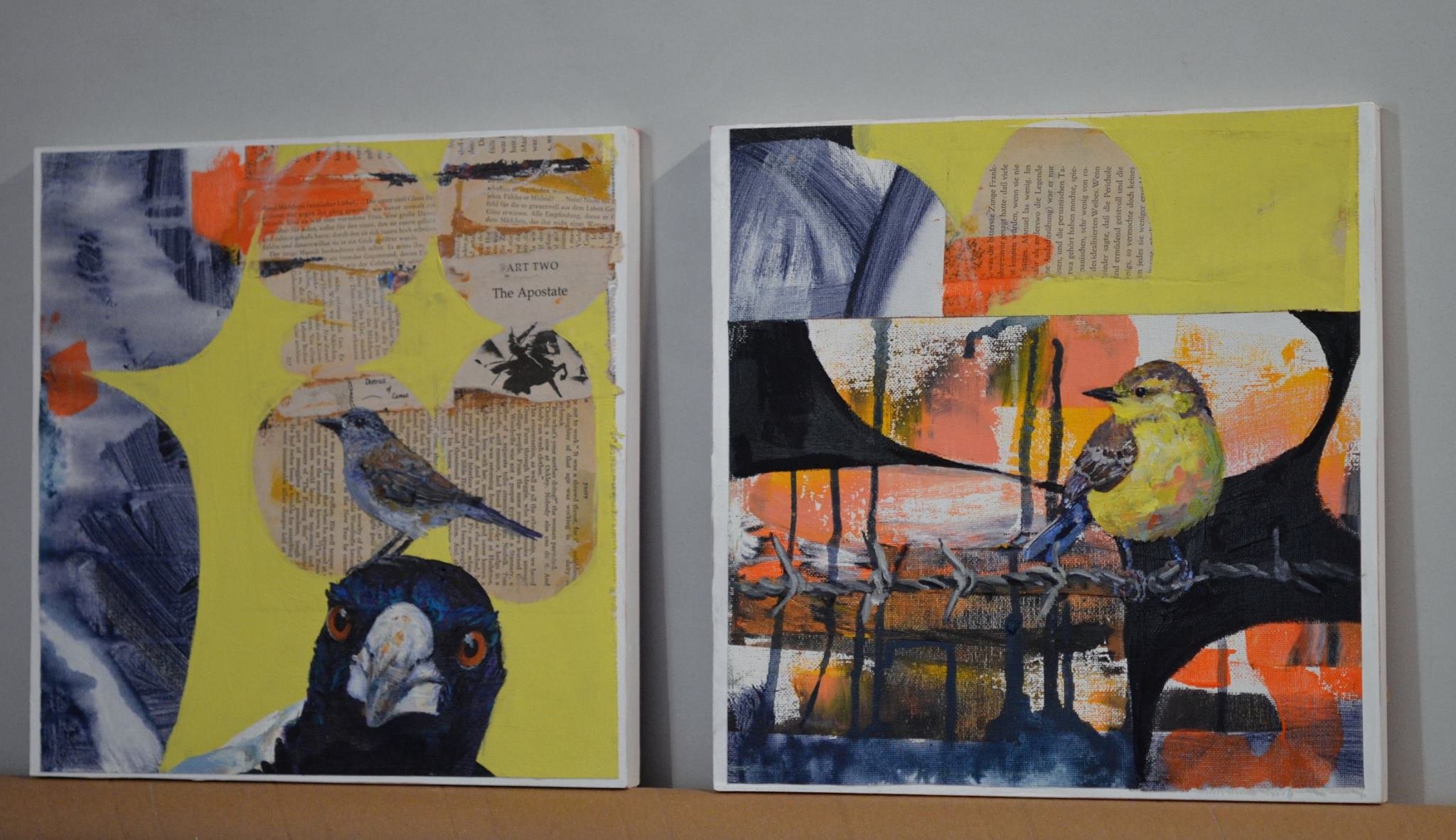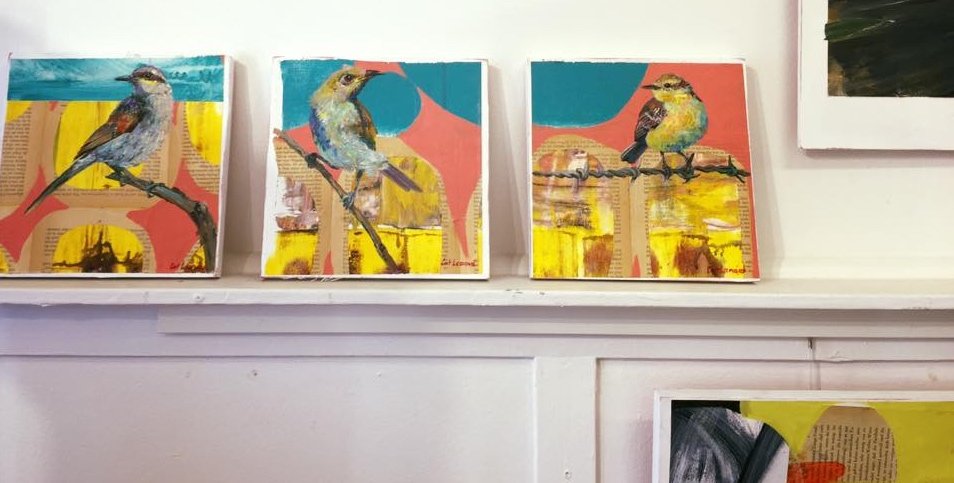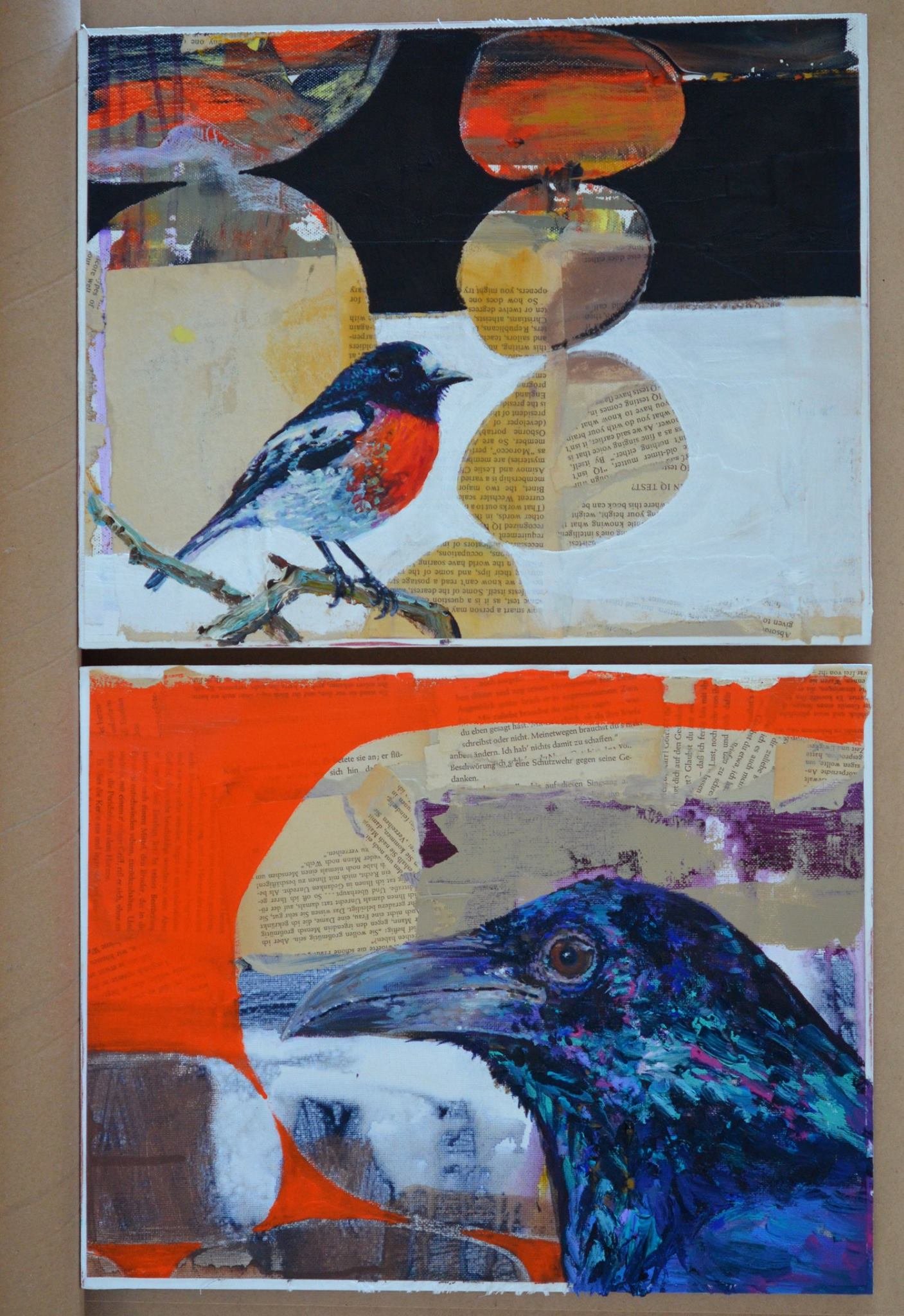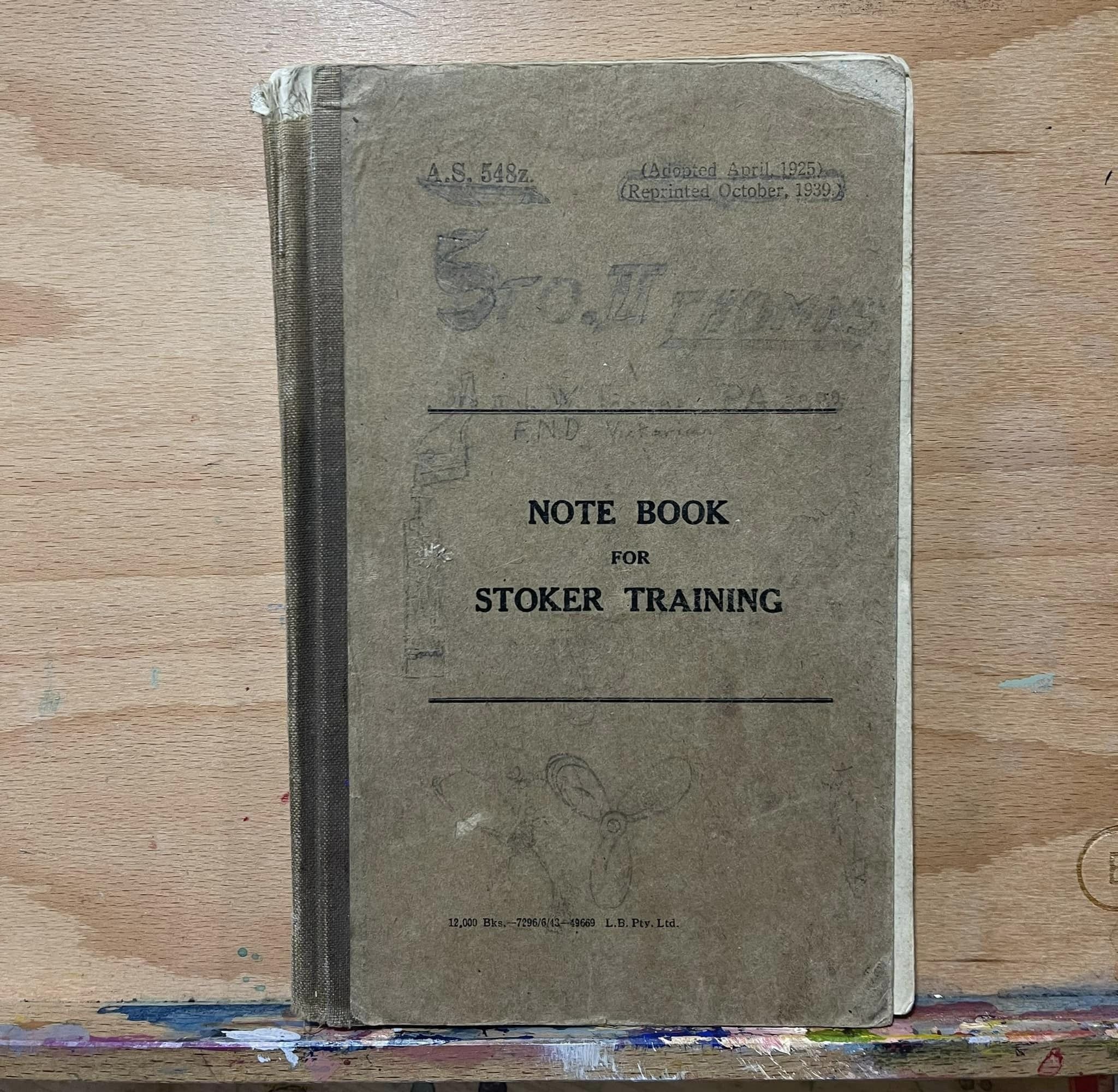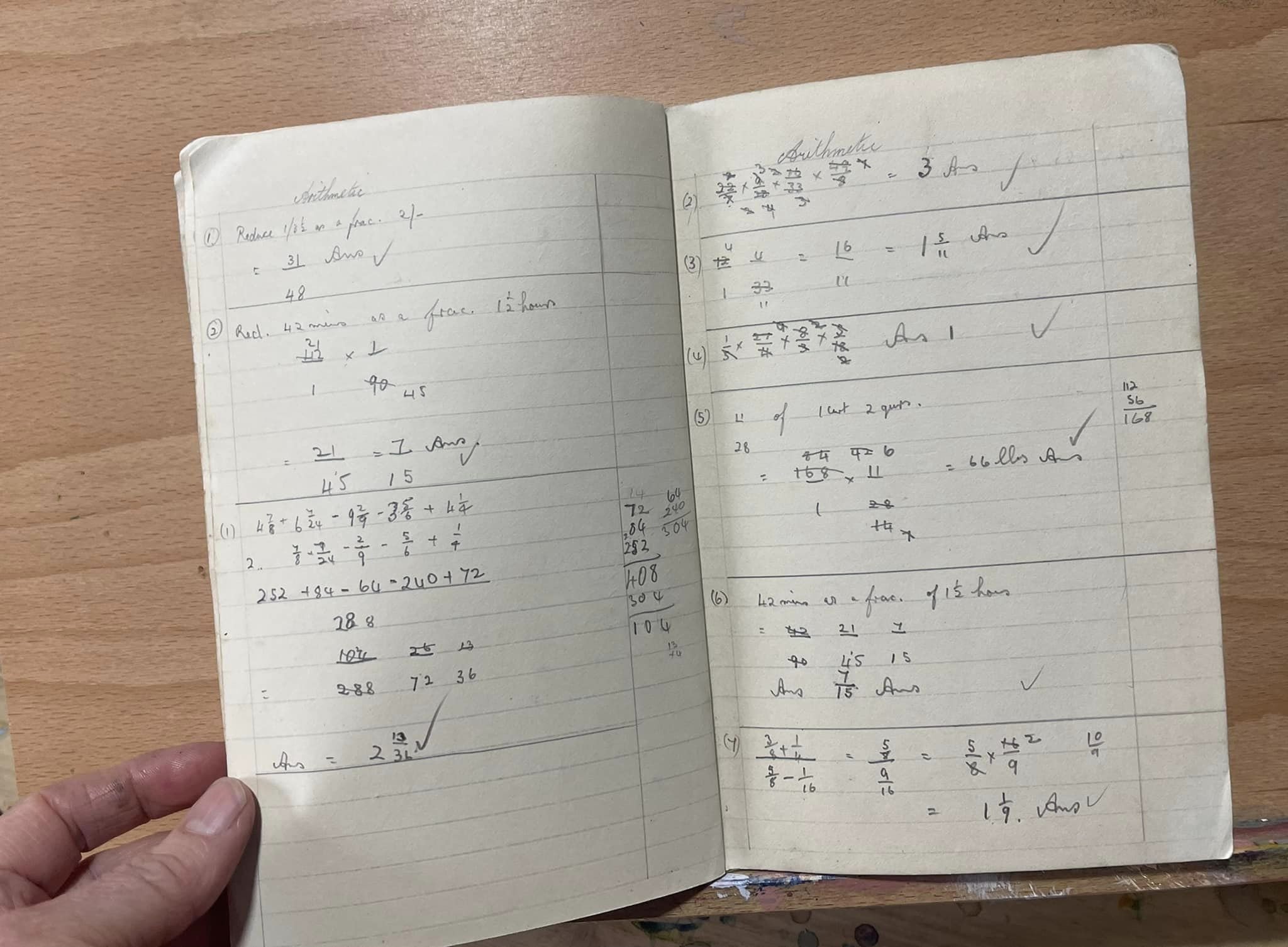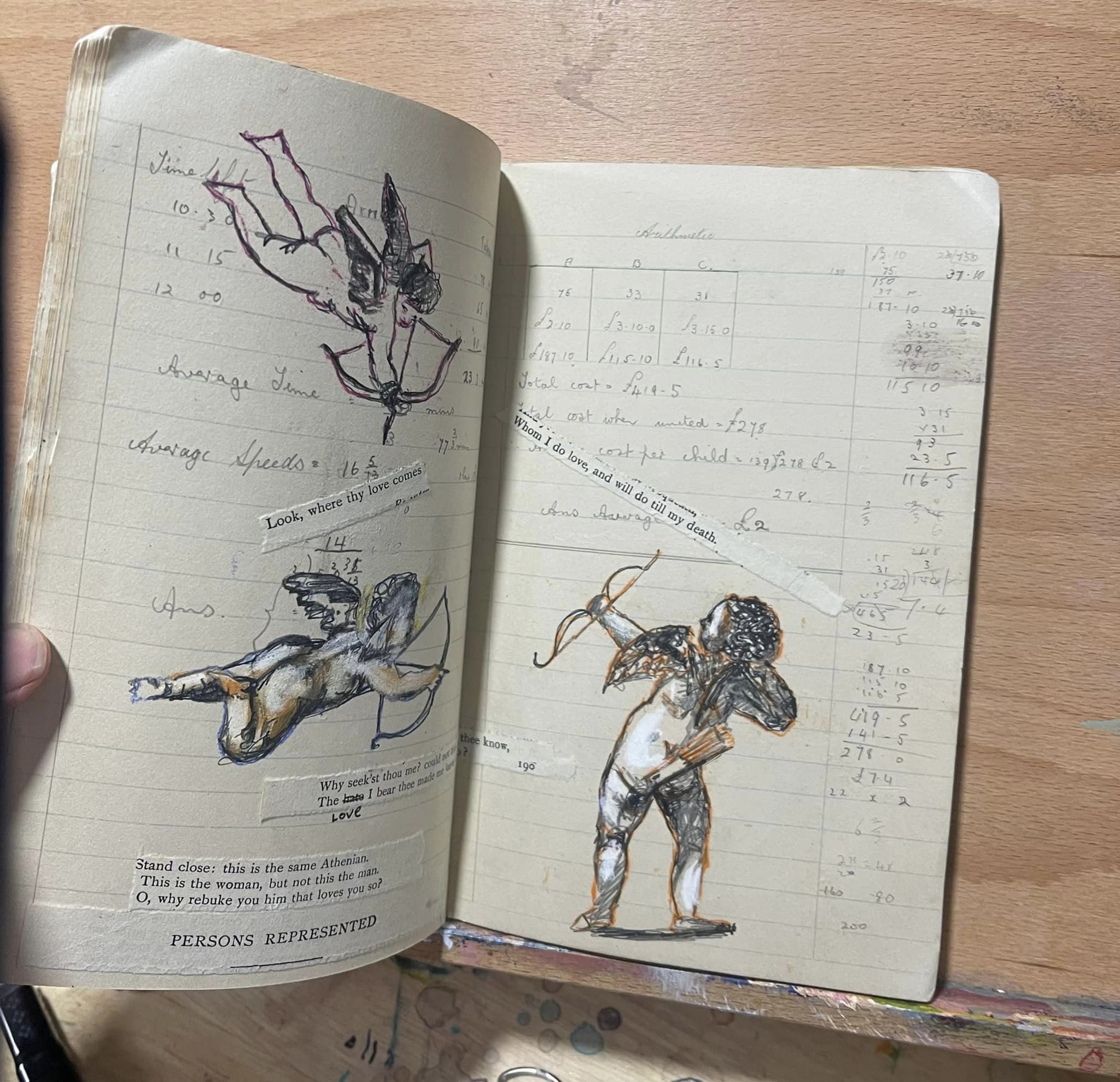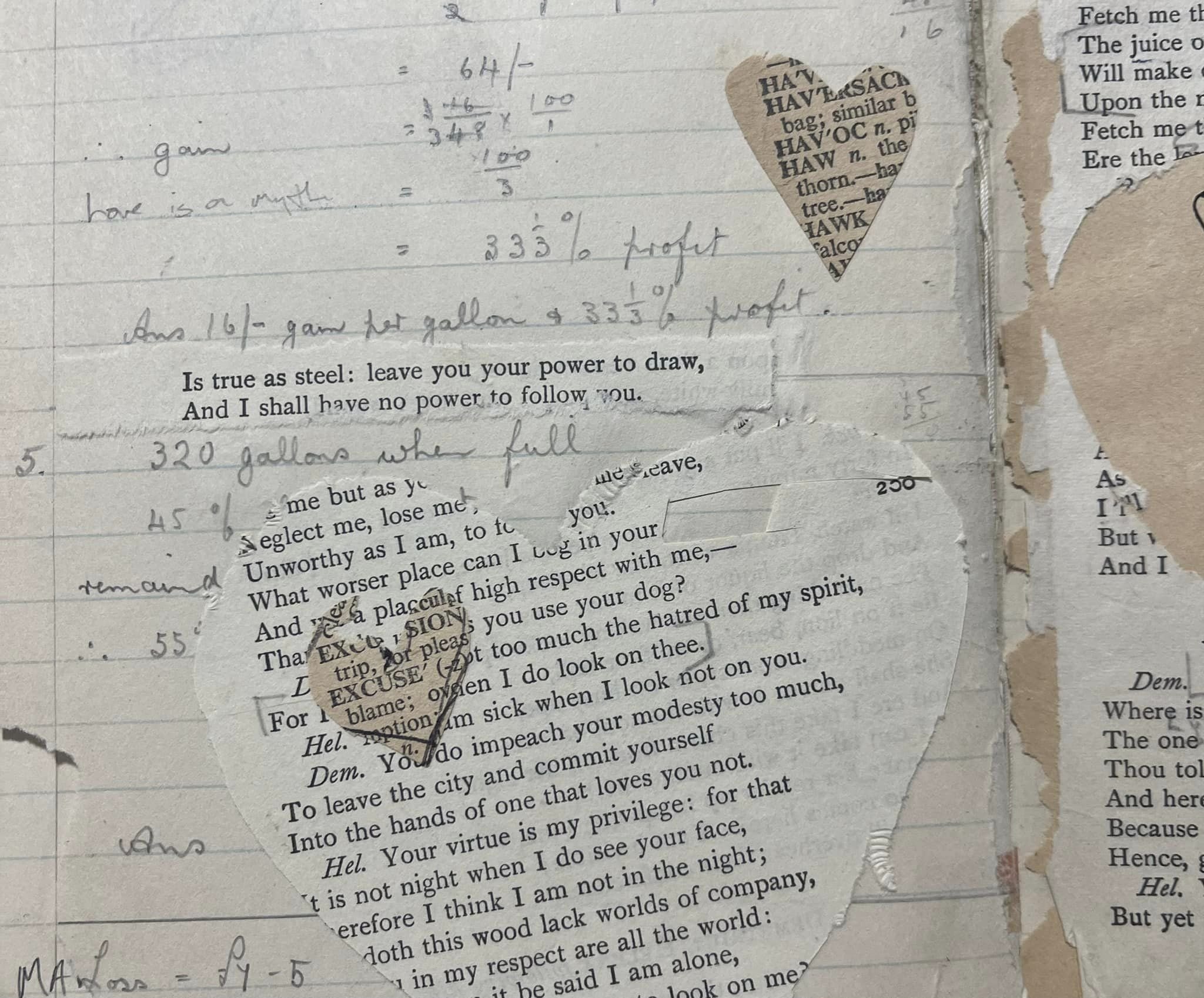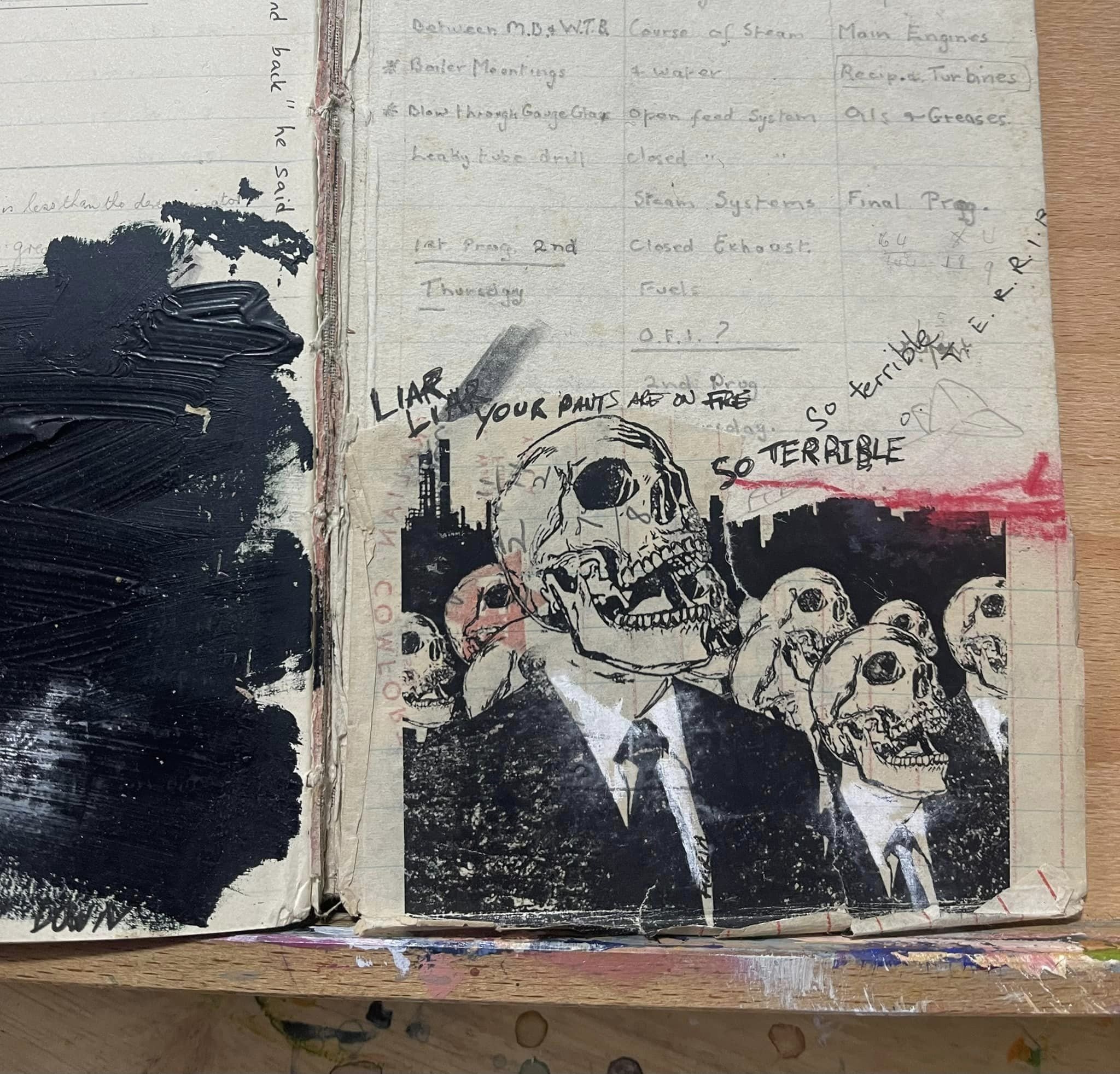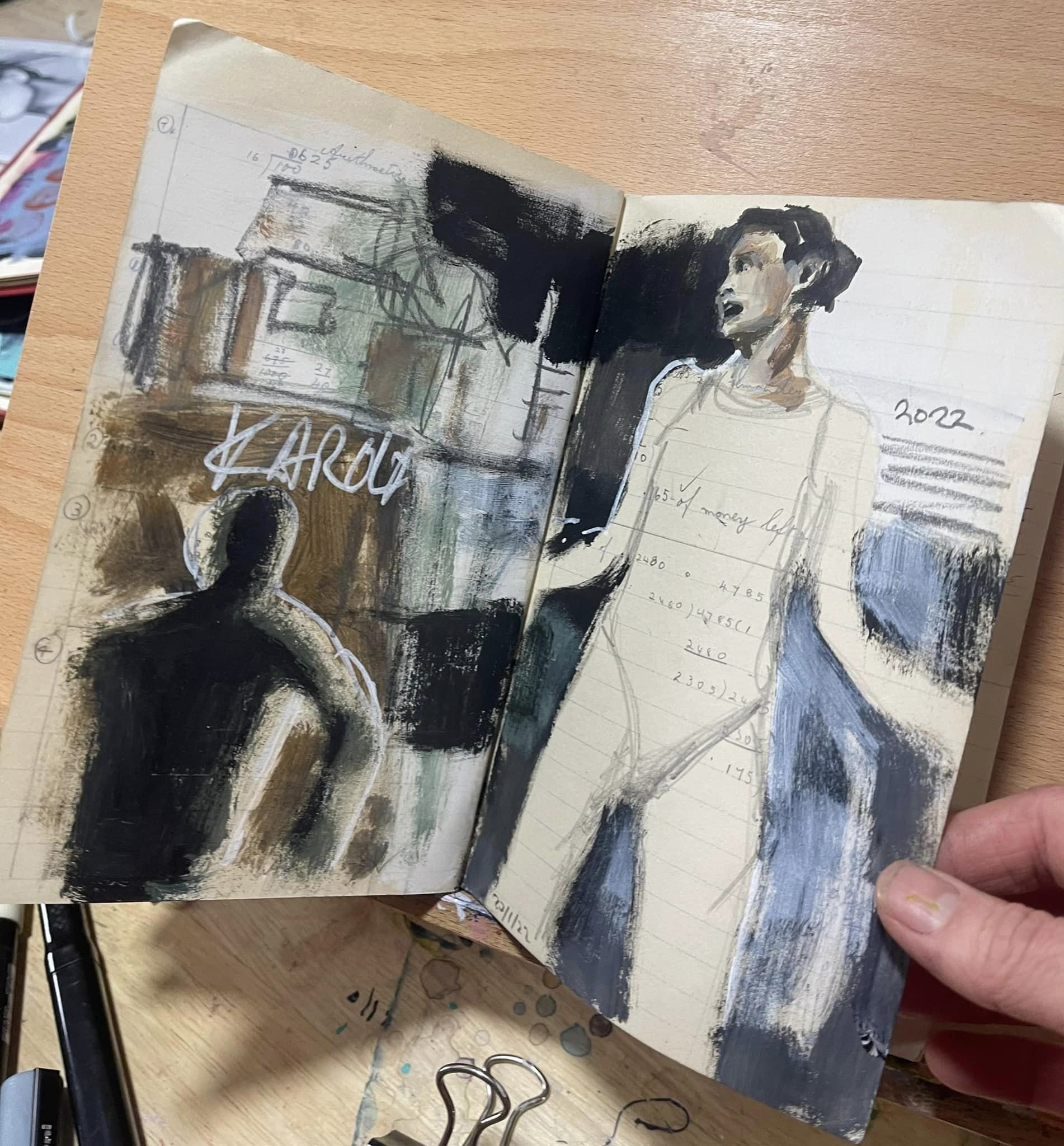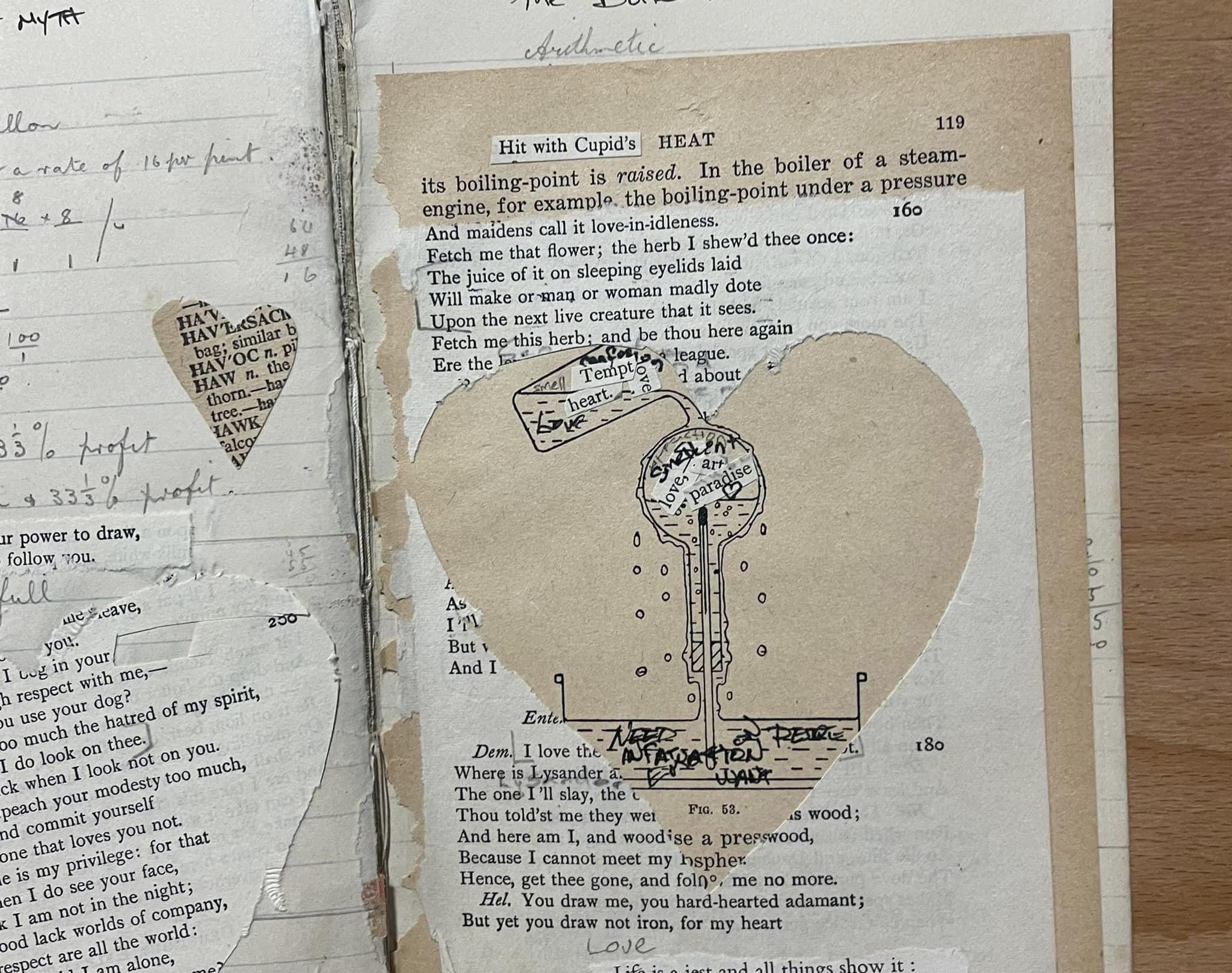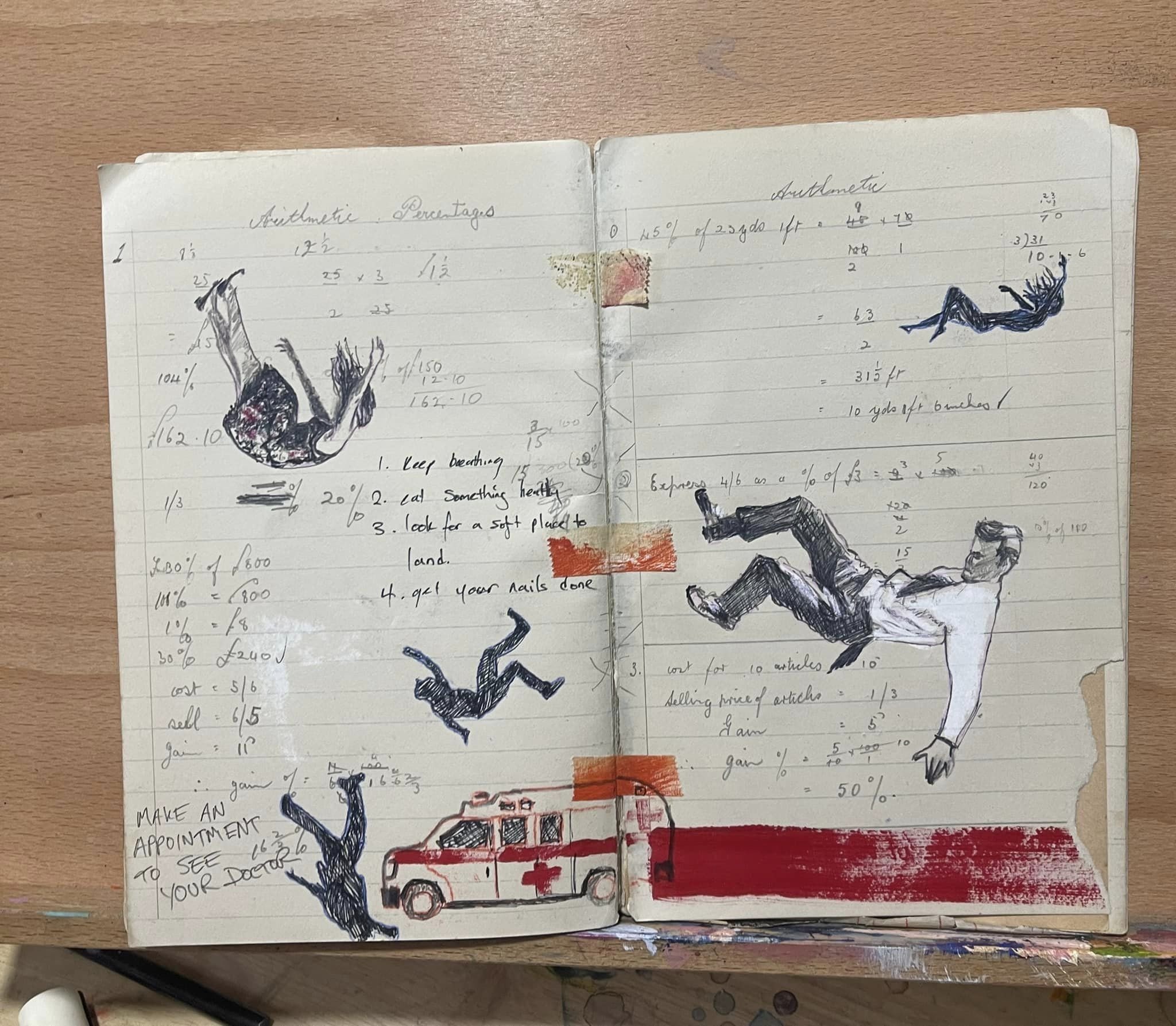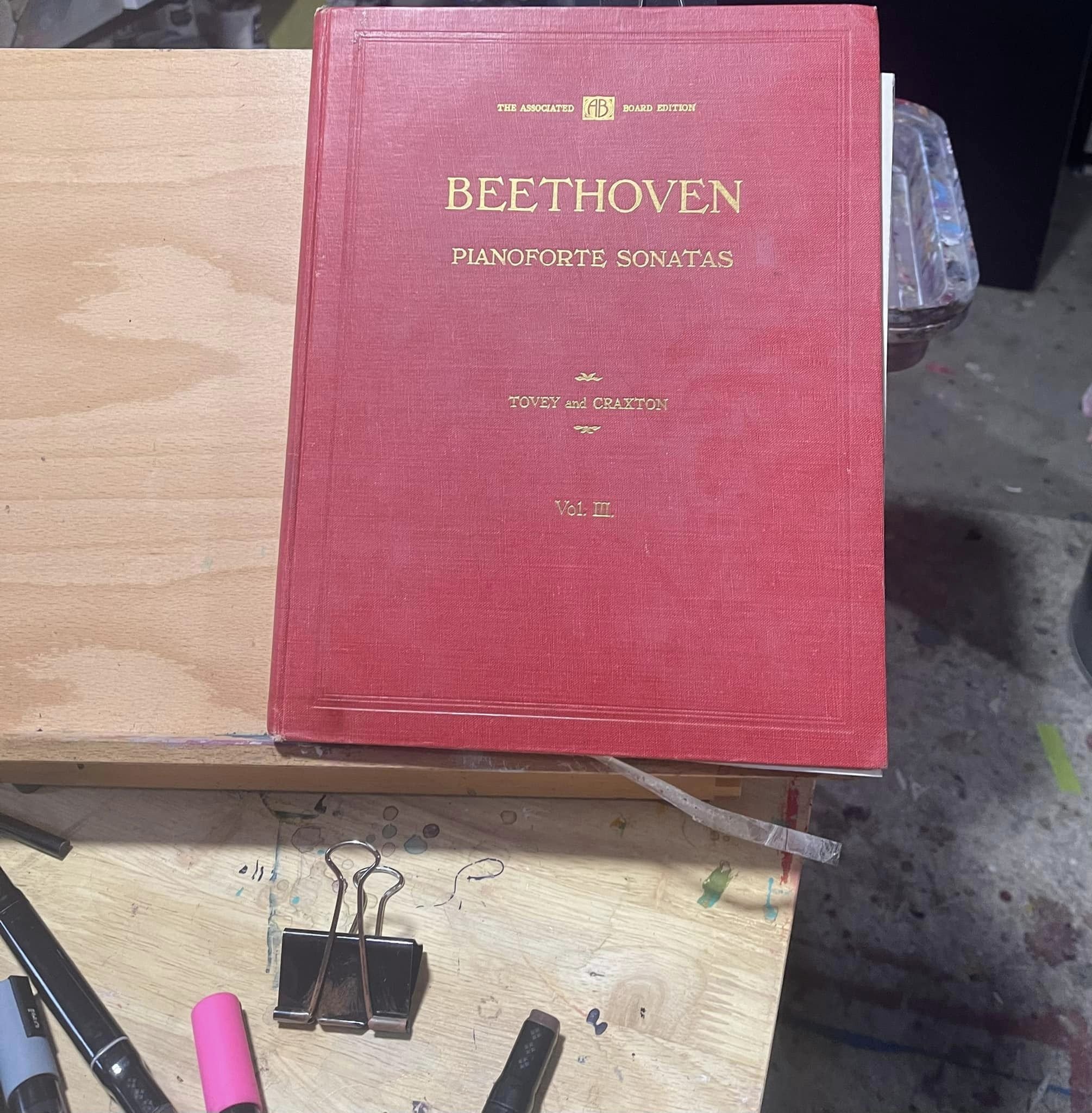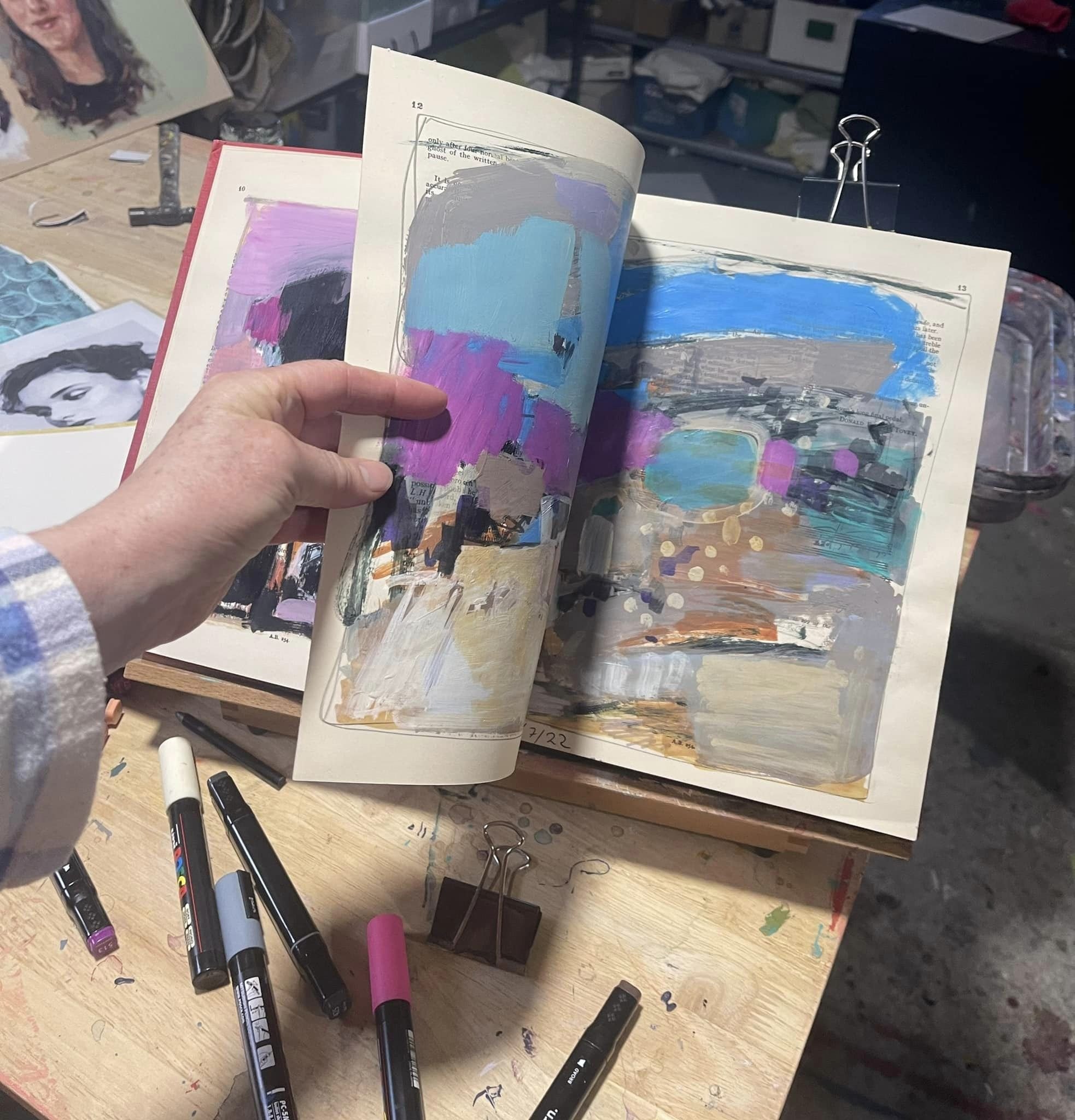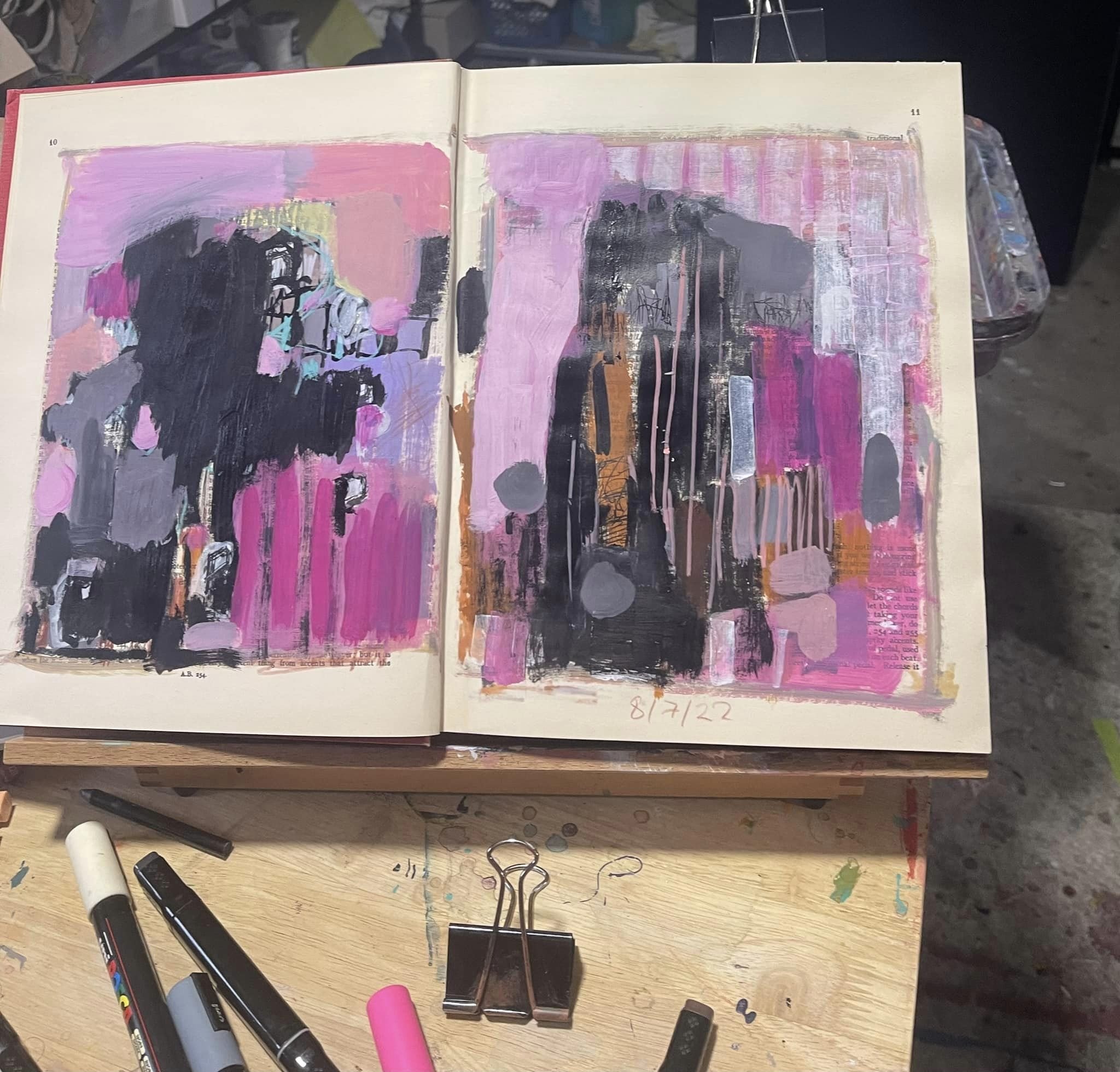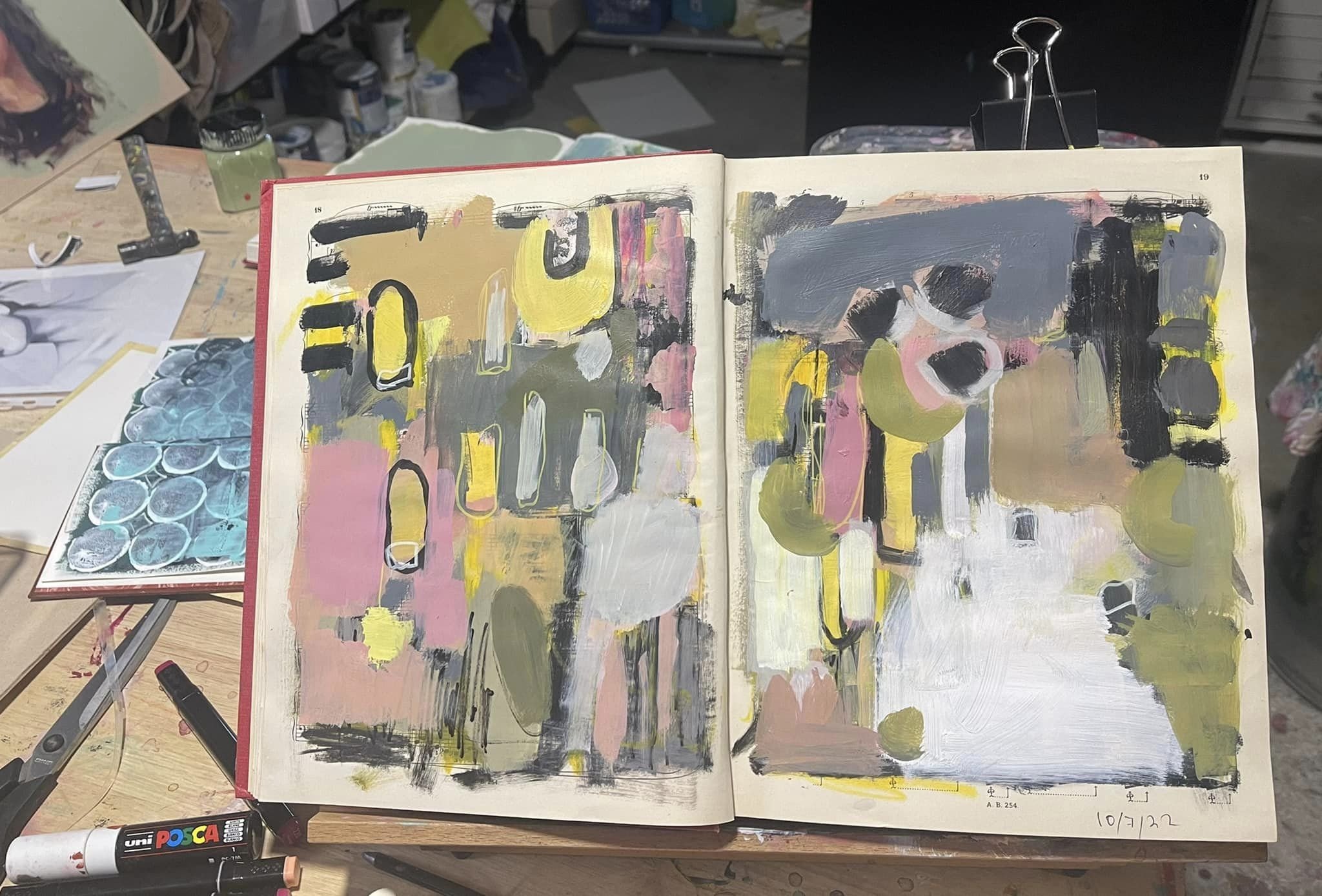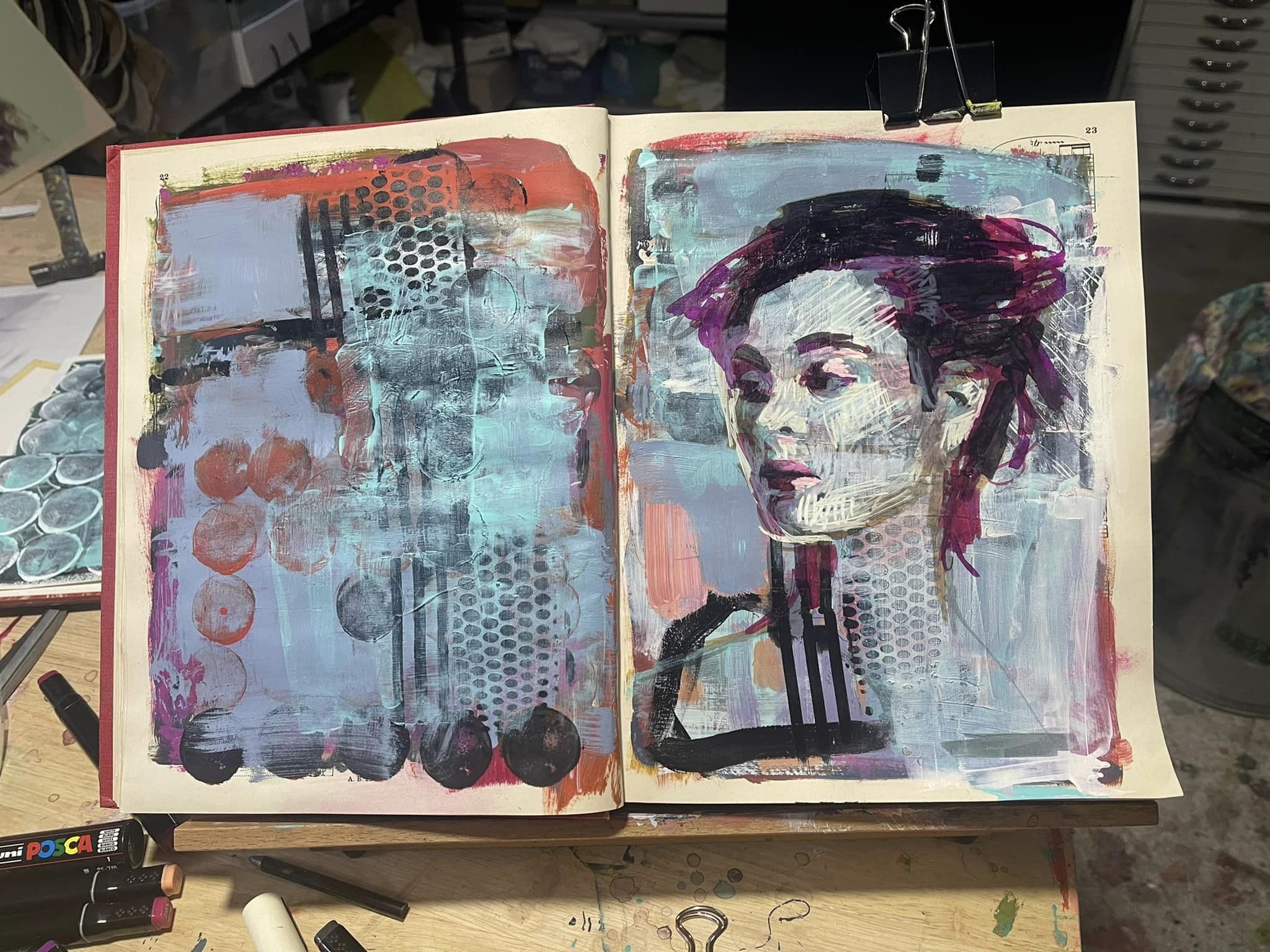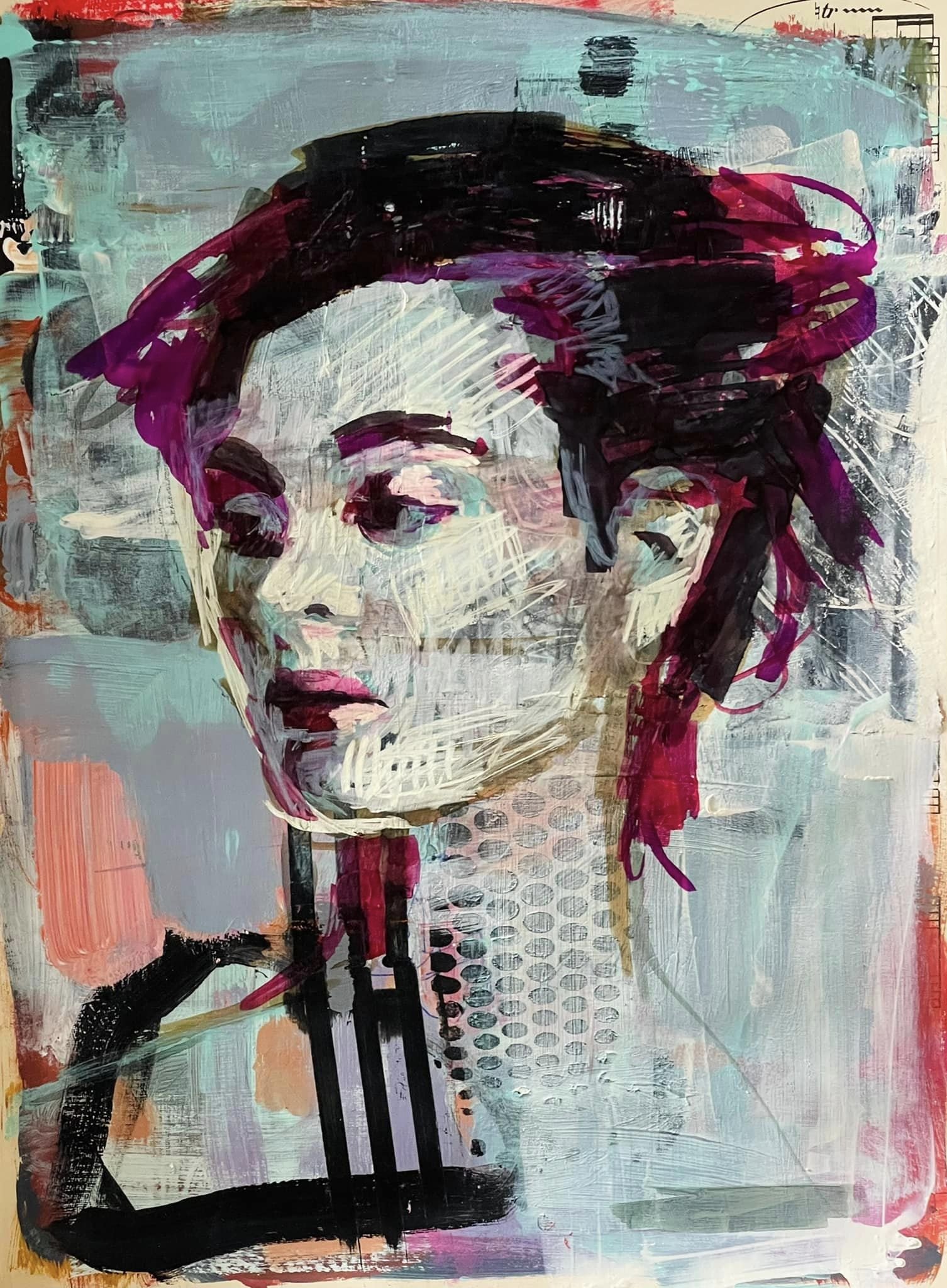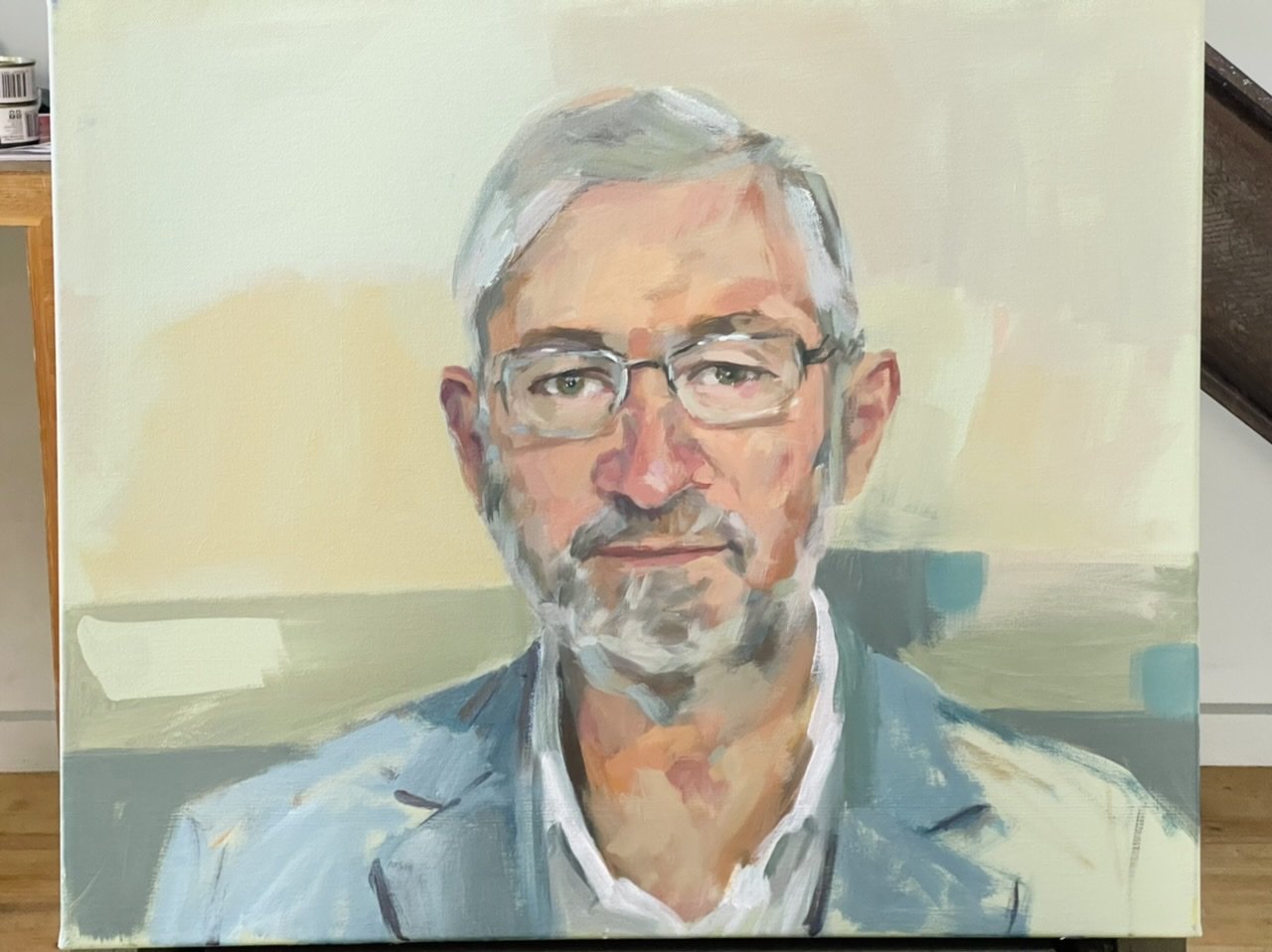…school holidays that is, and although not a huge amount will change for me, there will be enough of a change that I can switch gears and finish a few projects/commissions that I’ve been working on, (well…that’s the plan).
Because I teach/facilitate/tutor some lessons, workshops and/or short courses every week at a lovely little local art school, see here , and a fair bit of prep goes into that, it’s become my priority during the school term. I’ve learnt pretty much everything I know about the teaching process from my boss and mentor Krystyna Ciesiolkiewicz, and then from putting that into practice I’ve developed confidence in transferring knowledge about my craft that I couldn’t have managed all by myself.
I use to be a nervous wreck in front of class where all eyes are on me and I need to speak coherently. Not any more. That’s thanks to Krysh and the years of work and encouraging, correcting, suggesting and commending. We’ve achieved this together.
Creating lessons, short courses and workshops has become a passionate endeavour of mine. They are as creative as the paintings themselves and like paintings they evolve. Interestingly, they don’t get bigger but smaller. A 6 week portrait course can evolve into a series of shorter courses, where different aspects of a process can be explored in depth.
“Why choose those colours?”
Why did I choose those colours?
If I need to be able to explain why I chose the colours I did then I need to understand why, and here my own work becomes less experimental and more deliberate as I literally write down why I choose colours, pulling apart my own intuition, discovering for myself that colour is not a feeling but a formula. I knew it in my heart, just not in the Broca's area of my frontal lobe and Wernicke's area of the superior temporal gyrus part of my brain. It’s a win/win.
My most recent short course finished last Friday - a 2 week oil painting skin-tones course. I was very pleased with how efficiently the participants took to the method and worked with it, creating pleasing skin tones which was exactly what I was hoping for.
